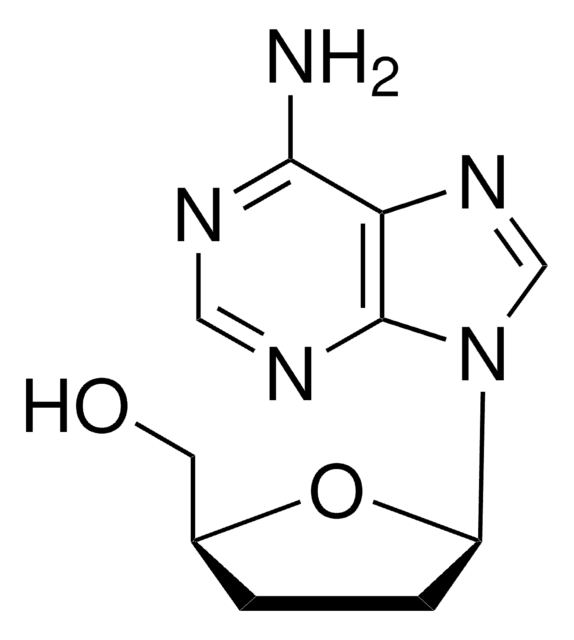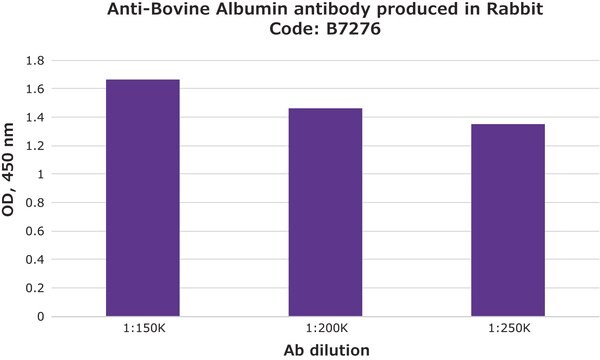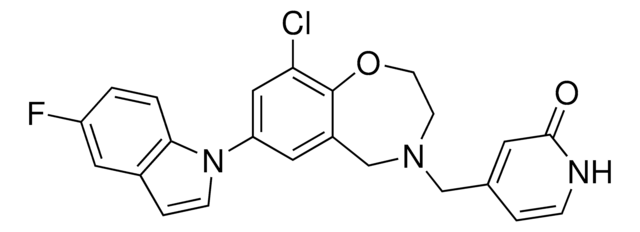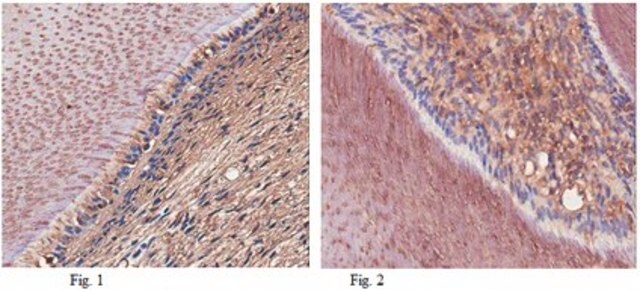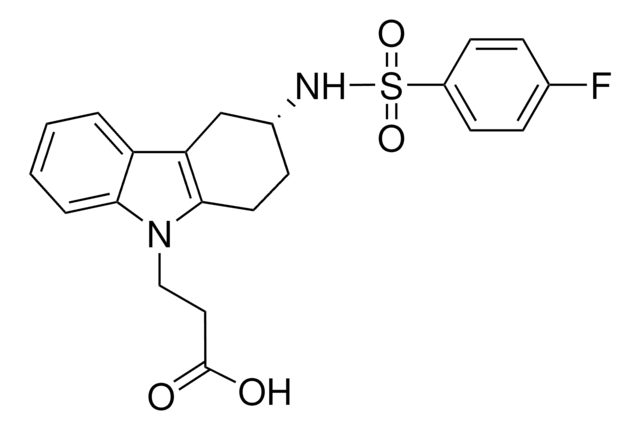Key Documents
SML2743
TM30089
≥98% (HPLC)
Synonim(y):
2-(3-(4-Fluoro-N-methylphenylsulfonamido)-3,4-dihydro-1H-carbazol-9(2H)-yl)acetic acid, 3-[[(4-Fluorophenyl)sulfonyl]methylamino]-1,2,3,4-tetrahydro-9H-carbazole-9-acetic acid, CAY 10471, CAY-10471, CAY10471, TM 30089, TM-30089, {3-[(4-Fluorobenzenesulfonyl)methylamino]-1,2,3,4-tetrahydrocarbazol-9-yl}acetic acid
About This Item
Polecane produkty
Poziom jakości
Próba
≥98% (HPLC)
Postać
powder
kolor
white to beige
rozpuszczalność
DMSO: 2 mg/mL, clear
temp. przechowywania
−20°C
InChI
1S/C21H21FN2O4S/c1-23(29(27,28)16-9-6-14(22)7-10-16)15-8-11-20-18(12-15)17-4-2-3-5-19(17)24(20)13-21(25)26/h2-7,9-10,15H,8,11-13H2,1H3,(H,25,26)
Klucz InChI
CANCTKXGRVNXFP-UHFFFAOYSA-N
Działania biochem./fizjol.
Hasło ostrzegawcze
Warning
Zwroty wskazujące rodzaj zagrożenia
Zwroty wskazujące środki ostrożności
Klasyfikacja zagrożeń
Aquatic Acute 1 - Aquatic Chronic 1 - Eye Irrit. 2 - Skin Irrit. 2 - Skin Sens. 1
Kod klasy składowania
11 - Combustible Solids
Klasa zagrożenia wodnego (WGK)
WGK 3
Certyfikaty analizy (CoA)
Poszukaj Certyfikaty analizy (CoA), wpisując numer partii/serii produktów. Numery serii i partii można znaleźć na etykiecie produktu po słowach „seria” lub „partia”.
Masz już ten produkt?
Dokumenty związane z niedawno zakupionymi produktami zostały zamieszczone w Bibliotece dokumentów.
Nasz zespół naukowców ma doświadczenie we wszystkich obszarach badań, w tym w naukach przyrodniczych, materiałoznawstwie, syntezie chemicznej, chromatografii, analityce i wielu innych dziedzinach.
Skontaktuj się z zespołem ds. pomocy technicznej
